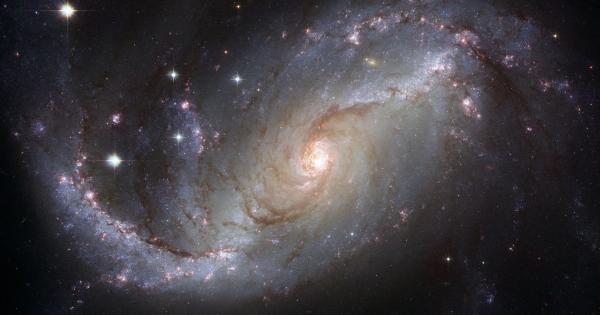In matters of the heart, have you ever wondered why we feel a rush of emotions when we are in love? Or why we experience butterflies in our stomach when we see someone we have a crush on? The answer lies in the intricate web of hormones that play a crucial role in our romantic encounters. These chemicals of love drive our emotions, bonding, and desire, shaping our experiences in relationships. In this article, we will delve into the fascinating world of hormones and their impact on our love lives.
Hormones: The Messengers of Love
Our bodies rely on a complex network of hormones to regulate physiological processes and maintain overall well-being. When it comes to love, specific hormones take center stage, influencing our emotions, behaviors, and physical responses.
Let’s take a closer look at some of these chemicals of love.
Oxytocin: The Bonding Hormone
Oxytocin is often referred to as the “bonding hormone” or the “cuddle hormone.” It plays a crucial role in building trust, deepening emotional connections, and promoting attachment between individuals.
Researchers have found that oxytocin levels surge during intimate moments like hugging, cuddling, or sexual activity. This hormone is also released after childbirth, enhancing the bond between a mother and her newborn.
Dopamine: The Reward Hormone
Dopamine is closely associated with the reward and pleasure centers of the brain. It is responsible for the euphoric feelings we experience when falling in love.
The presence of dopamine creates a sense of longing, craving, and addiction towards the person we are romantically interested in. This hormone is behind the intense excitement and motivation we feel when pursuing a new relationship or anticipating a reunion with our loved one.
Serotonin: The Happiness Hormone
Serotonin is often referred to as the “happiness hormone” as it contributes to feelings of well-being, contentment, and happiness. It regulates mood, social behavior, and emotional responses.
When we are in love, serotonin levels tend to decrease, leading to obsessive thinking, heightened emotions, and an inability to focus on anything other than our beloved.
Testosterone: The Desire Hormone
Testosterone is primarily considered a male hormone, but it is also present in females. It plays a crucial role in sexual desire, arousal, and aggression.
Higher levels of testosterone are associated with increased libido, drive, and passion in both men and women. When we are attracted to someone, testosterone levels rise, fueling sexual desire and the pursuit of a romantic relationship.
Estrogen: The Feminine Hormone
Estrogen is the primary female sex hormone responsible for the development of secondary sexual characteristics in women. It also plays a role in regulating menstrual cycles, maintaining bone health, and promoting emotional well-being.
Estrogen levels fluctuate throughout the menstrual cycle, affecting mood, energy levels, and sexual desire.
Endorphins: The Feel-Good Hormones
Endorphins are the body’s natural painkillers, neurotransmitters that promote feelings of pleasure and euphoria. These hormones are released during physical activity, excitement, and moments of joy.
When we are in love, endorphin levels rise, contributing to the sense of happiness, overall well-being, and pain reduction often associated with being in a loving relationship.
Vasopressin: The Monogamy Hormone
Vasopressin is closely linked to social bonding and monogamy. It influences feelings of possessiveness, loyalty, and territoriality.
Research suggests that higher levels of vasopressin are associated with increased relationship satisfaction and commitment. This hormone plays a crucial role in fostering long-term relationships and promoting fidelity.
Adrenaline: The Excitement Hormone
Adrenaline, also known as epinephrine, is the hormone responsible for the “fight-or-flight” response. In the context of love, adrenaline levels rise during moments of excitement, uncertainty, or danger.
It creates the rush we often experience when we meet someone new or take risks for love. Adrenaline fuels the early stages of love, adding a sense of adventure and intensity to the budding romantic relationship.
Pheromones: The Chemical Messengers
While not necessarily hormones, pheromones are odorless chemical signals that play a role in attracting potential partners.
These chemical messengers are detected through the olfactory system and can influence attraction, arousal, and even menstrual synchrony. Pheromones pave the way for initial attraction and play a subtle but powerful role in our romantic encounters.
Conclusion
The intricate interplay of hormones in the realm of love is truly remarkable. From oxytocin nurturing our bonds to dopamine fueling our desire, these chemicals of love shape our experiences in romantic relationships.
Understanding the role of hormones can help us navigate the complexities of love and appreciate the physiological processes that underlie our emotions. So, the next time you experience that fluttering feeling or overwhelming attraction, remember that it’s not just a matter of the heart, but also a symphony of hormones orchestrating your romantic journey.





























